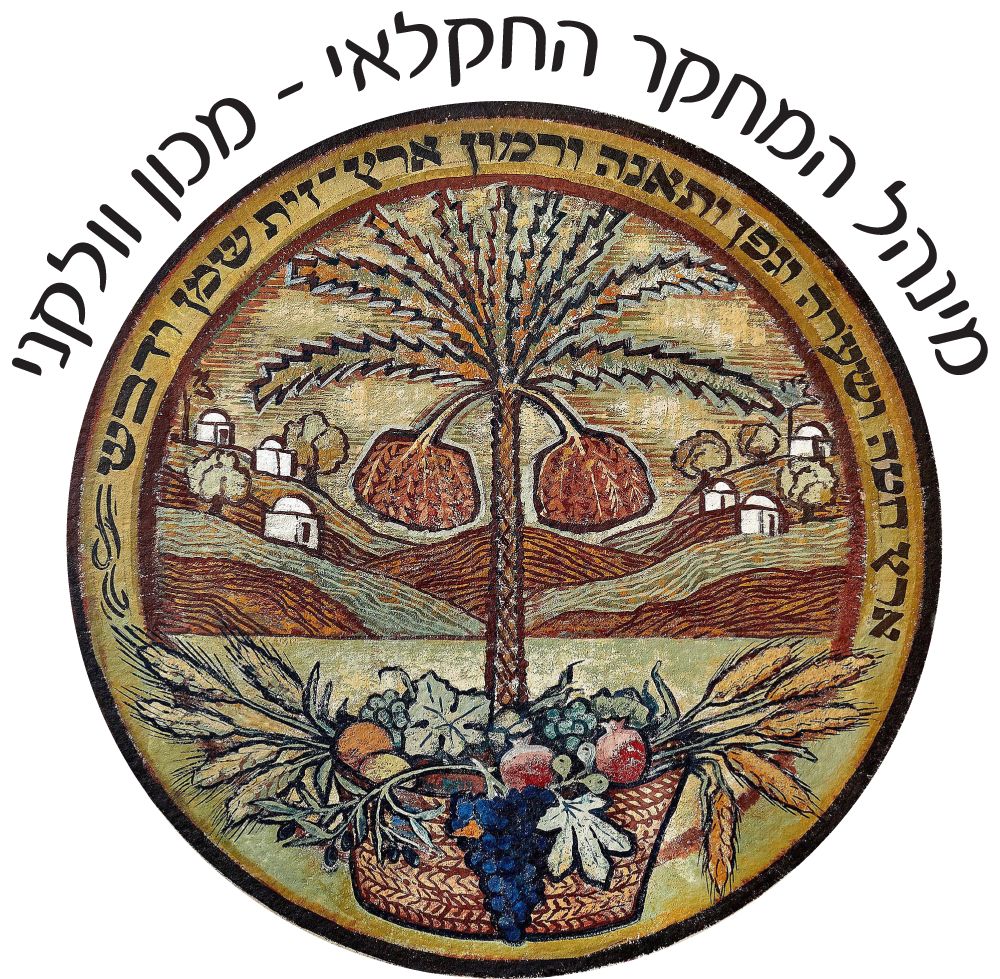Einat Sadot Ph.D.
- Institute of Plant Sciences
- Agroecology and Natural Resources
- +972-544843534
- +972-39683510
Research Interests
Adventitious root formation
Adventitious roots develop from non-root tissues, making root induction from stem cuttings a common and crucial method for vegetative propagation. This practice is vital in forestry, the ornamental plant industry, and the development of elite rootstocks to enhance yield and resistance to pests, diseases, and environmental stress. Despite its importance, a significant challenge remains in propagating valuable plants that naturally have a low capacity to form adventitious roots or lose this ability as they mature.
Adventitious root (AR) development is regulated by a complex network of plant hormone interactions, with auxin signalling playing a central role at every stage. Applying auxin to the base of cuttings is a standard treatment to induce AR formation; however, many recalcitrant plants do not respond to this treatment.
Our research focuses on two main area
- Development of New Rooting Enhancers: In collaboration with Dr. Roy Weinstain from Tel-Aviv University, we are developing new compounds to enhance adventitious root formation in recalcitrant plants, trees, ornamental plants and rootstocks of fruit trees
- Cell Biology of Adventitious Root Formation: This area of research addresses the role of cell wall modifications in the differentiation of adventitious roots. We also investigate various aspects of membrane trafficking, protein-protein interactions, and post-translational modifications that influence whether adventitious root formation occurs or if callus formation takes place instead.
Plant Cell Biology and the Cytoskeleton
Plant myosins are classified into two main groups of unconventional myosins: myosin XI and myosin VIII, both closely related to myosin V. The Arabidopsis thaliana myosin family consists of 17 members: 13 myosin XI variants (XI-A to XI-K, XI-1, and XI-2) and 4 myosin VIII variants (ATM1, ATM2, VIII-A, and VIII-B). It is well-established that myosin XI family members drive the motility of large organelles, small vesicles, the endoplasmic reticulum (ER), and the entire cytoplasm. However, the mechanism underlying this process is not fully understood. A perplexing observation is that, although the motility of Golgi stacks, peroxisomes, and mitochondria is reduced in myosin XI-K knockout mutant plants, a functional full-length myosin XI-K fused to YFP does not localize to these organelles.
Our research explores the possibility that spatial and temporal post-translational modifications of the myosin XI tail regulate its binding to different organelles.
Research Areas
- Adventitious root formation
- Plant cell biology and the cytoskeleton

